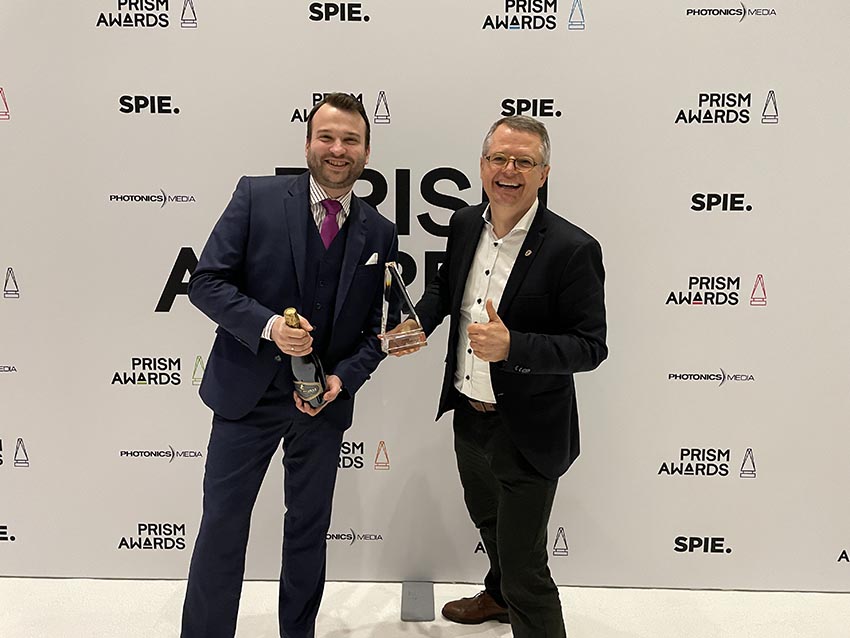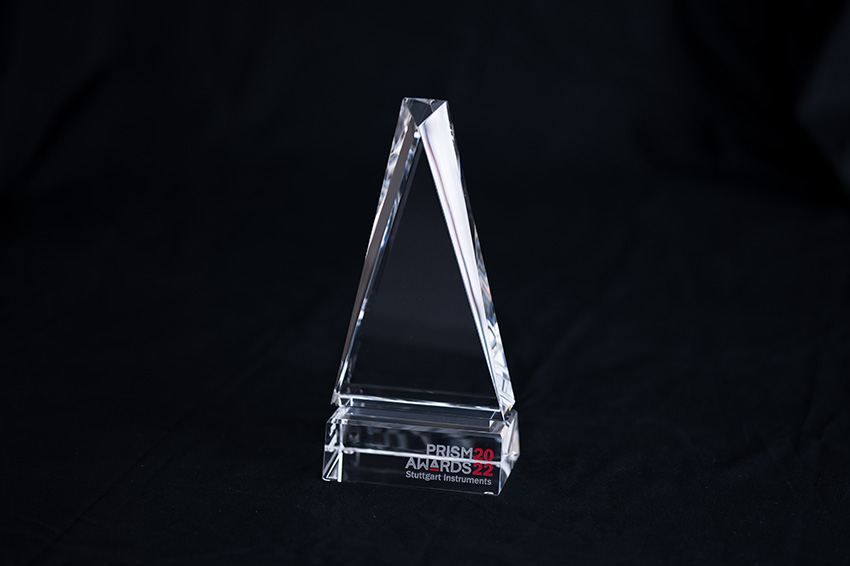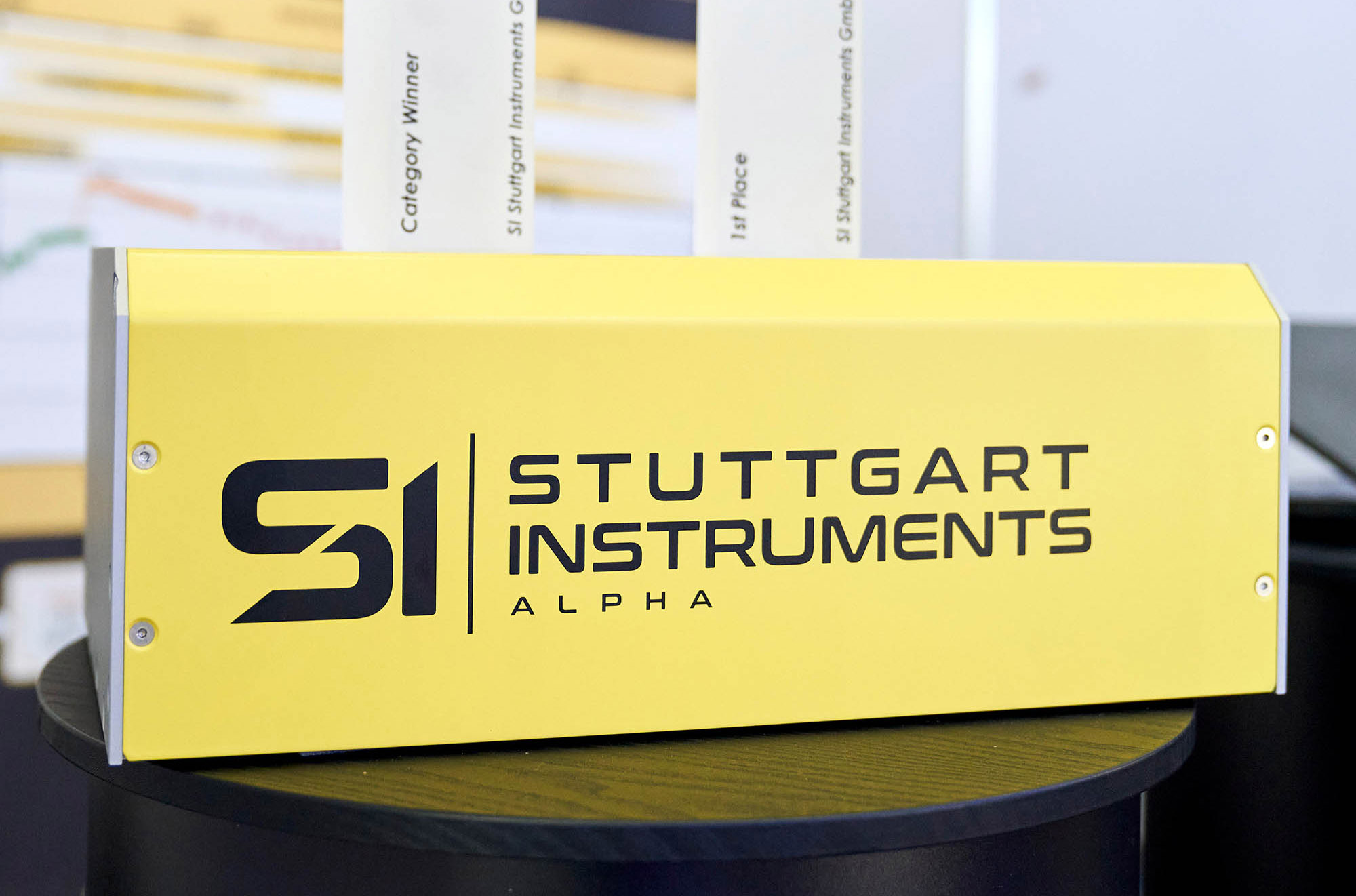Stuttgart Instruments is a high-tech company from Baden-Württemberg, Germany, specializing in high-performance infrared lasers for spectroscopic applications, e.g. in materials research, product development, process analysis or quantum technologies. At the end of 2017, Stuttgart Instruments was created on the basis of renowned research work at the University of Stuttgart.
Interview with Benjamin Rudolph, Business Development at Stuttgart Instruments.
Easy Engineering: What are the main areas of activity of the company?
Benjamin Rudolph: Stuttgart Instruments is specializing in the field of widely tunable and fully automated high-performance infrared laser sources. The systems can cover a spectral range from 700 nm to 20 µm wavelengths, while maintaining high output power at Milliwatt to Watt-levels. Femto- to picosecond pulses at several MHz pulse repetition rates can be provided and the lasers are characterized by outstanding low noise and passive long-term stability. They are therefore particularly suited for spectroscopic applications requiring high sensitivity and specificity. Multiple systems are already in use at universities and research facilities around the world and have made numerous new scientific papers possible, e.g. in the fields of SNOM and FTIR spectroscopy or hyperspectral imaging.

E.E: What’s the news about new products?
B.R: Stuttgart Instruments Alpha, ultrafast from 0.7-20 µm, is the better alternative to the QCL. The Alpha from Stuttgart Instruments (SI) combines all features relevant for applications e.g. in IR spectroscopy, FTIR, hyperspectral or bio-imaging, SNOM, CARS or quantum research. Using femto- or picosecond laser pulses, the Alpha can cover the entire infrared spectral range from 700 nm – 20 µm with fast, easy and automated tuning. Due to its compact and sophisticated design, the Alpha is ultra-stable (passive long-term stability) and low-noise (shot-noise limited) while maintaining high output power and MHz repetition rate. It is therefore ideally suited for the most demanding and sensitive measurements.
E.E: What are the ranges of products?
B.R: The Alpha is available in different modular versions. Even the basic version covers a spectral range from 1.35 – 4.5 µm, with selectable bandwidth from a few to 100 wavenumbers. The core of each alpha is the innovative, passively stable parametric oscillator design, which allows an extremely compact design of 26 x 43 cm². The shot-noise limited SI Primus laser as well as ultrashort pulse lasers from other suppliers can be used as pump source. The innovative modular approach allows higher output power (SI HP) or different spectral ranges in the visible (SI VIS), near-infrared (SI NIR) or mid-infrared (SI MIR) to be addressed with independently combinable standard expansion modules. In addition, each Alpha is equipped with a particularly user-friendly Ethernet and Wifi interface and a matching graphical user interface (GUI).
E.E: At what stage is the market where you are currently active?
B.R: The Photonics market is estimated to be USD 593.7 billion in 2020.

E.E: What can you tell us about market trends?
B.R: To address the issues of the present and the future, we need new technical capabilities. Renewable energies: Through materials research in a spectral width never before achieved, photovoltaics and electrical storage can become even more efficient. Medical technology: For research laboratories as well as e.g. in pathology, chemical processes can be replaced by simpler and significantly higher resolution spectral observations. Mobility: For modern locomotion we need new battery technologies, e.g. also in combination with hydrogen. Spectral imaging allows us to better understand these technologies. Environmental protection: Finding microplastics in water, no problem for spectral imaging. Quantum technology: Not feasible without appropriate lasers.
E.E: What are the most innovative products marketed?
B.R: Winning the INNOVATION AWARD simply shows again clearly what we already knew. That our ALPHA is a milestone in the history of lasers and thus makes a lot of research possible. It encourages us to keep our standards just as high for our next system. Our next system should also make something possible that was previously not possible or affordable for the target group, and that is also what SI stands for.
E.E: What estimations do you have for 2022?
B.R: We have been very successful with this system in the scientific market since the beginning of the company. It is now time to expand our portfolio and incorporate our accumulated expertise into new systems for other target groups or applications. There will be more to say about this soon.

